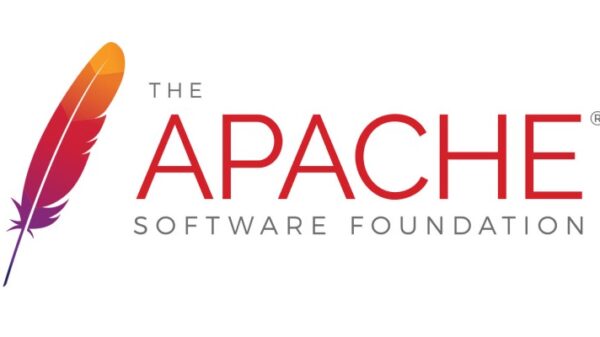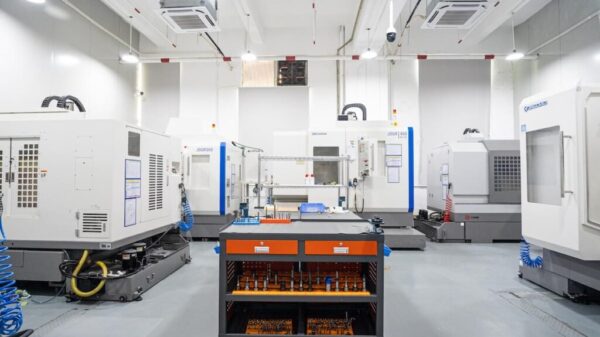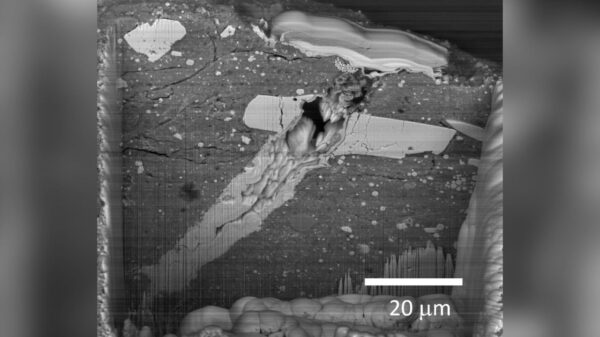A recent study has uncovered critical insights into the immune response associated with peanut oral immunotherapy, highlighting the role of gastrointestinal mechanisms in treatment effectiveness. Researchers revealed that multi-omics profiling of immune cells can identify molecular drivers impacting the response to this therapy.
Aleix Arnau-Soler, PhD, a postdoctoral scientist at the Max-Delbrück-Center’s pediatric allergy clinic, along with his colleagues, noted a distinctive imbalance in immune responses. They indicated that robust regulatory T-cell (Treg) responses and B-cell suppression are counterbalanced by the dominance of innate immune signaling and metabolic stress. This imbalance may contribute to the incomplete desensitization observed in some patients undergoing peanut oral immunotherapy.
The US Food & Drug Administration approved peanut oral immunotherapy, known as Palforzia, in January 2020. While the treatment helps many patients, it is estimated that between 15% and 30% of individuals do not respond adequately, leaving them at significant risk for anaphylaxis.
To explore the molecular mechanisms underlying this variability, investigators conducted a placebo-controlled trial involving 49 children diagnosed with a challenge-proven peanut allergy. Participants, with a mean age of 7 years, were divided into two groups: 27 received the peanut treatment while 22 were given a placebo. Over the course of 14 months, participants on the active treatment underwent a dose escalation to reach a target dose of 125–250 mg of peanut protein, which was maintained for an additional two months.
The study identified that complete responders, who tolerated up to 4,500 mg of peanut protein, exhibited lower pre-treatment levels of peanut-specific immunoglobulin E (IgE) and Th2 cytokine production compared to incomplete responders, who tolerated 1,000 mg or less. Investigators detected 184 differentially expressed genes and 1,001 differentially methylated genes, which were linked to various immune cell types, including innate lymphoid cells (ILC3s) and subsets of CD8+ T cells.
The findings emphasize the significant influence of gastrointestinal immune regulation on the success of oral immunotherapy. As noted by Kuehn and Eiwegger in an accompanying editorial, the study’s approach differed from previous research by focusing on the transcriptome and methylome profiling of whole peripheral blood mononuclear cells (PBMCs), yielding more detailed insights into the biological functions associated with peanut oral immunotherapy.
The researchers also observed that changes in DNA methylation were more pronounced than those in RNA expression, suggesting that alterations in gene methylation might affect genes not actively expressed in PBMCs. Additionally, patients receiving peanut oral immunotherapy showed reduced activity of immunoglobulin genes compared to those receiving placebo, indicating a shift in B-cell functionality among those who responded fully to the treatment.
Among complete responders, stronger regulatory T-cell activity and suppression of B-cell responses were observed. In contrast, incomplete responders exhibited dominant innate immune signaling and signs of metabolic stress, such as hypoxia and glycolysis.
Kuehn and Eiwegger concluded that the data provided by Arnau-Soler and colleagues is crucial in understanding the changes in gut-associated immunity that contribute to successful peanut oral immunotherapy. They highlighted the need for future research to validate these findings at the protein and single-cell level and to integrate various omics approaches to investigate both innate and adaptive immune responses during treatment.
This study sheds light on the intricate relationship between gut health and immune responses, paving the way for improved therapeutic strategies in treating peanut allergies and potentially other food allergies.

































































